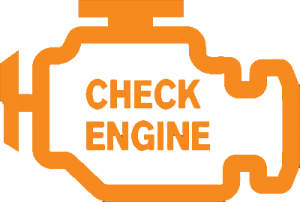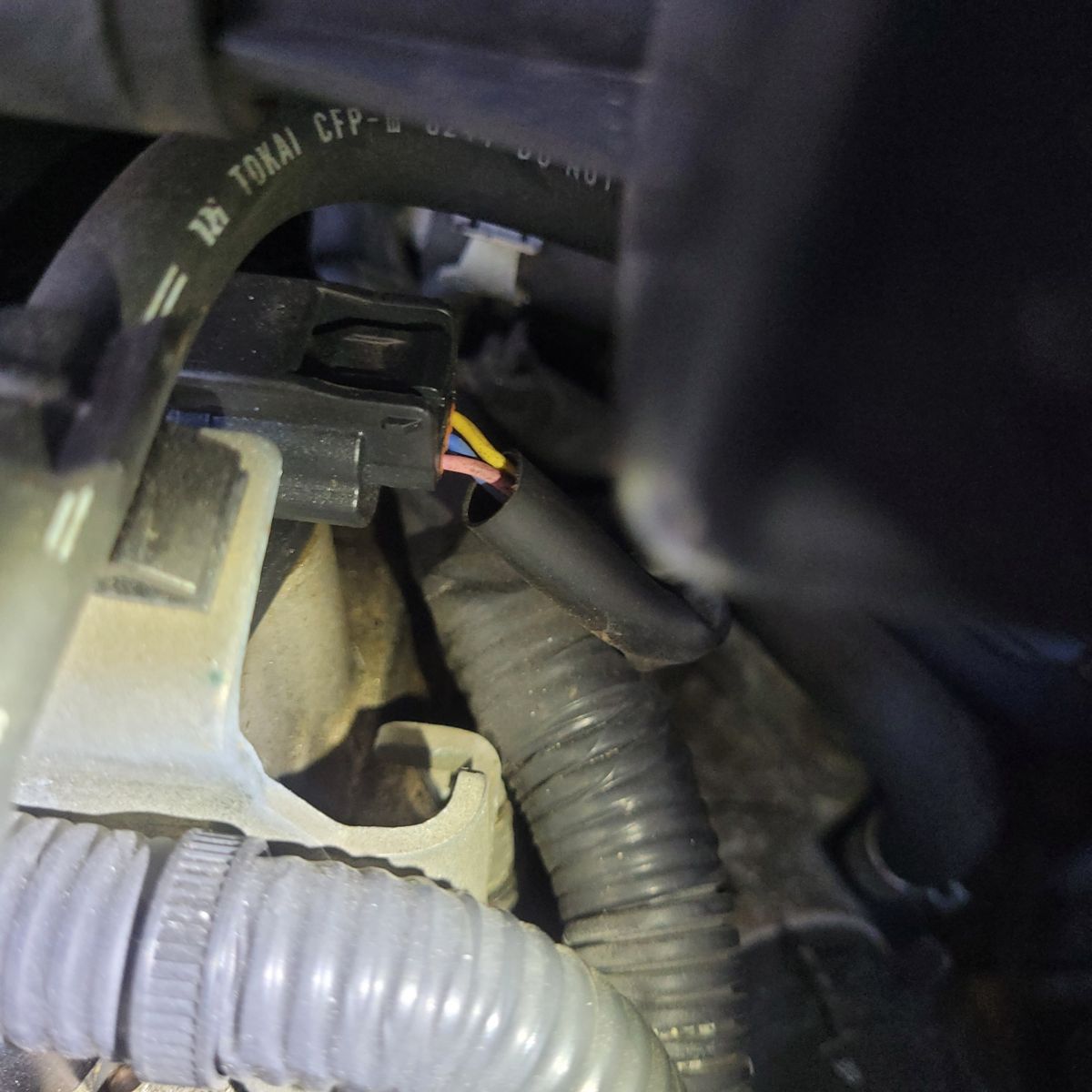About Camshaft Position Sensor:
The camshaft sensor is a magnetic sensor used to measure the camshafts speed and the position of each piston. The car uses this data along with the crankshaft position sensor to control fuel injection timing and spark timing, and overall engine timing. The camshaft is also used to help with ignition and fuel injection (starting and running the engine). This information is essential for the engine as it is used for engine timing. If a camshaft position sensor is damaged it is a very serious issue and should be fixed/replaced immediately. If it is not replaced it could lead to your engine becoming damaged and/or not starting.
Signs the Camshaft Position Sensor isn’t working properly
When the camshaft position sensor is not working properly, several signs may indicate an issue. Here are some common signs of a faulty or failing camshaft position sensor:
- Check Engine Light: A malfunctioning camshaft position sensor often triggers the check engine light (CEL) on the dashboard. The light may illuminate steadily or blink, indicating a problem with the sensor’s readings or signal.
- Engine Misfires or Rough Idling: A failing camshaft position sensor can cause engine misfires or irregular idling. The sensor provides crucial data for fuel injection and ignition timing, and if it provides inaccurate readings, the engine may struggle to operate smoothly.
- Stalling or Difficulty Starting: An unreliable camshaft position sensor can disrupt the engine’s timing and fuel delivery, resulting in stalling or difficulty starting the vehicle. The engine may crank for an extended period before starting or may fail to start altogether.
- Decreased Fuel Efficiency: Inaccurate readings from the camshaft position sensor can lead to incorrect fuel injection timing, causing decreased fuel efficiency. You may notice a drop in gas mileage, requiring more frequent refueling than usual.
- Poor Acceleration or Power Loss: A malfunctioning camshaft position sensor can affect the engine’s performance, resulting in poor acceleration or power loss. The engine may feel sluggish and struggle to respond promptly when you press the gas pedal.
- Irregular RPM Readings: The RPM (revolutions per minute) reading on the tachometer may fluctuate or behave erratically when the camshaft position sensor is faulty. The RPM needle may jump unexpectedly or exhibit inconsistent behavior.
- Backfiring: A failing camshaft position sensor can cause the engine to backfire, producing loud popping sounds from the exhaust or intake system. This occurs due to incorrect ignition timing caused by inaccurate camshaft position readings.
Diagnostics:
P0330 is a OBD-II generic diagnostic trouble code indicating a problem in the camshaft position sensor circuit or sensor itself. Some possible causes of the P0330 fault code include:
– Broken Cambelt belt or chain: A broken cambelt or timing chain could mean the different parts of the engine are not in time, an could lead to serious engine damage. This would also mean the crankshaft sensor may not be working properly.
– Faulty crankshaft position sensor: Because these sensors work closely together, it is possible that the P0330 fault code may be present due to a faulty crankshaft position sensor.
– Faulty circuit components: such as the camshaft connector plug or mounting system
– Poor electrical connections or camshaft position sensor
Possible symptoms of the P0340 fault code:
– Engine light
– Ignition / Injection trouble
– Stalling
– Bad idling
– Drop in engine power
– Poor Fuel Mileage
Ignition trouble, stalling, bad idling or a drop in engine power are common with this fault code. These may happen because of a broken camshaft position sensor or circuit. This means the camshaft position sensor could be sending incorrect data to the car computer. This means the car computer will be using incorrect data to control the fuel injection and spark timing which will result in very low engine performance and efficiency. Sometimes the temperature of the engine can affect the camshaft position sensor operation, with many sensors giving trouble intermittently when they get hot.
Learn more about the camshaft sensor fault code here: P0340 Fault code
P0340 Repairs in Hamilton:
At Grimmer Motors, we provide a variety of diagnostic services. When you bring your car into Grimmer motors we will try always try to be absolutely certain of the problem with you’re car before we start replacing parts. This means we will use our Live Data scan tools, Oscilloscopes, Ohmmeters and visual inspections, to accurately diagnose and repair you’re camshaft position sensor for your car.
For all diagnosis and diagnostic repairs in Hamilton, contact Grimmer Motors today!

